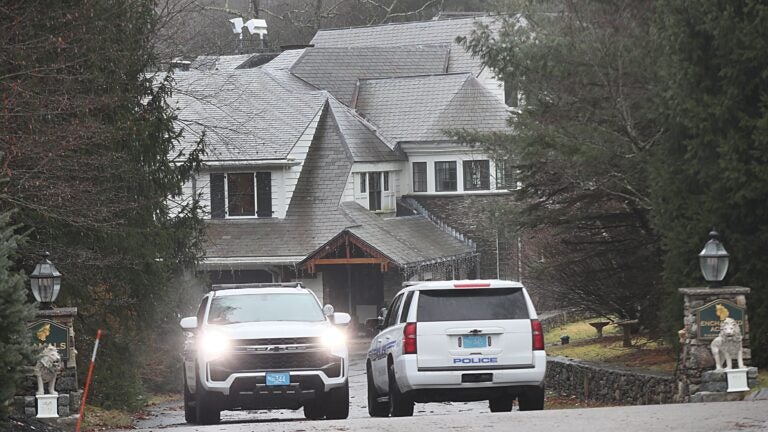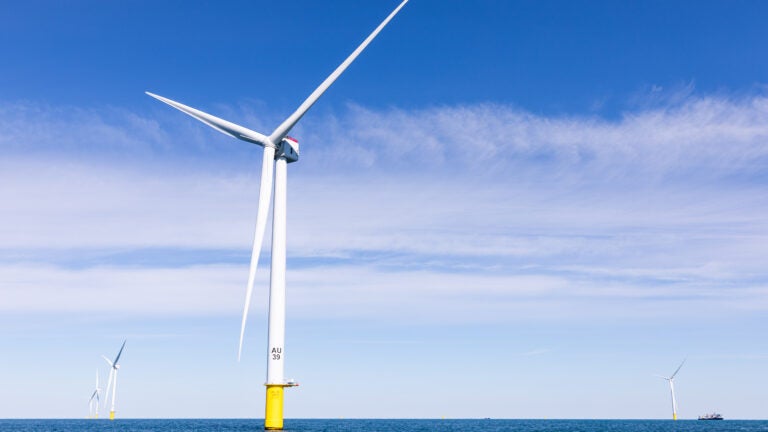Winter Watch
❄️ Everything you need to know about the latest winter weather news and lifestyle updates.
As the clock that will announce spring’s arrival ticks louder, winter snowfall is below average for almost all of the Northeast, despite abundant precipitation and multiple storms just in the past week.
It’s the second winter in a row of snowfall struggles in much of the region. New York City and Boston, for example, are on track to post their least-snowy two-winter stretch on record.
The lack of snow is closely tied to persistently mild weather. This winter could end up as the warmest on record in the contiguous United States, driven by the El Niño climate pattern and human-caused climate change.
Snowfall deficits have grown to at least 1 to 2 feet this winter over western Pennsylvania and most of New York and New England. And downwind of the eastern Great Lakes, they’re even larger.
Snowstorms are still possible into March and early April, particularly north of the Mason-Dixon Line. But the odds of significant winter storms begin to fall sharply over the coming weeks along the Interstate 95 corridor. Before long, weather tracking will shift focus from snow to springtime thunder.
With a week left in climatological winter – defined as December through February – much of the Lower 48 east of the Rockies has seen less snow than normal. Exceptions include the central Plains and a few other very small areas. The most significant snow deficits run from the Upper Midwest and Great Lakes into the interior Northeast.
Northeastern cities with deficits of at least a foot include:
The stretch from Washington to Philadelphia has seen more snow relative to average, compared to many locations to the north. The deficits in this zone are generally small, and a few locations even have a small surplus.
The 11.7 inches at Washington Dulles International Airport, west of D.C., is the highest total among the major reporting sites between Richmond and New York. It’s even more than Boston’s total to date.
The frequent storms – especially in the Mid-Atlantic – have allowed a few spots to cash in on snow, despite generally above-normal temperatures. For example, more than 10 feet of snow has fallen so far in Canaan Valley, W.Va., well above the norm.
It’s the second winter in a row of snow drought in many parts of the Mid-Atlantic and Northeast.
While this winter has been snowier, parts of the Appalachians posted deficits of as much as 100 inches a year ago. Last season’s pattern was defined by unrelenting storminess in the Western United States and abnormally dry weather in the East. Major snowfall deficits mounted in the Northeast and reached unprecedented levels in some locations.
If there’s no more snow this season, the 9.8 inches in New York’s Central Park over the past two winters would go down as the least-snowy two-season stretch in records that date to 1869. Last winter’s 2.3 inches in Central Park was the lowest one-season total on record. The lowest total over two seasons is 15.5 inches, in the winters of 1996-97 and 1997-98.
In normally snowy Syracuse, which averages about 10 feet per winter, there has been below-average snowfall in each of the past six winters by around 40 inches or more.
In Boston, five of the past six winters have featured below-average snowfall. Like New York, Boston is on pace to notch its least-snowy back-to-back winters on record. Just 22.1 inches have fallen, compared to the record two-season low mark of 34.8 inches from the winters of 1979-80 and 1980-81.
After a quick shot of cold air coming this weekend, the weather pattern will turn springlike in the Northeast through at least early March. Little snow is projected, although such long-range forecasts can change.
Recent simulations from the European weather model suggest little to no snow over the Interstate 95 corridor through at least March 1, though a few inches could fall in the mountains.
The average last-accumulating snowfall of winter is Feb. 26 in Washington, March 12 in New York and March 25 in Boston. Interior locations at similar latitudes can see snow accumulate somewhat deeper into spring.
❄️ Everything you need to know about the latest winter weather news and lifestyle updates.





Stay up to date with everything Boston. Receive the latest news and breaking updates, straight from our newsroom to your inbox.
Conversation
This discussion has ended. Please join elsewhere on Boston.com